Domain Name System Components
It is made up of three parts. The first is a Name Space that establishes the syntactical rules for creating and structuring legal DNS names.
A distributed database is an archive of information about the computers in a network.
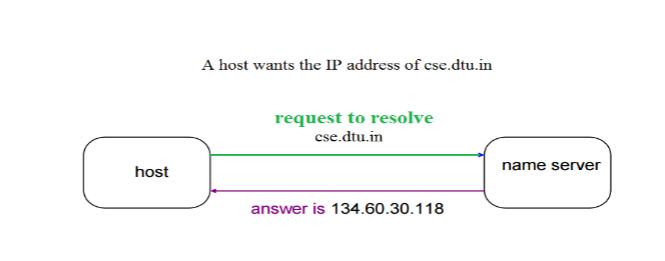
Domain name system components. Each node or leaf in the tree has a label and zero or more resource records RR which hold information associated with the domain name. The Domain Name System DNS is the system which performs an extremely important function. The right-most label conveys the top-level domain.
Domain Name System DNS is one of the industry-standard suite of protocols that comprise TCPIP and together the DNS Client and DNS Server provide computer name-to-IP address mapping name resolution services to computers and users. The second is a Globally Distributed. DNS stands for Domain Name System is used to as the medium to translate domain names to their respective IP addresses when a client initiates a request query.
DNS consists of the following components. Generic domains country domains and inverse domain. - The DOMAIN NAME SPACE and RESOURCE RECORDS which are specifications for a tree structured name space and data associated with the names.
Root Server is the top level server which consists of the entire DNS tree. DNS stores the database of all the. What is DNS and its components.
The domain name space is divided into three different sections. The primary task of DNS is to allocate names to different IP Addresses. Access to each computer in a given group is.
Both Active Directory Domain Services AD DS and Domain Name System DNS are installed on this server named DC1 which provides directory and name resolution services to all computers and devices on the network. The DNS consists of three components. The Domain Name System DNS is a central part of the internet providing a way to match names a website youre seeking to numbers the address for the website.
There are three main parts to any domain name. In simple terms a Domain Name System DNS is a collection of databases that translate hostnames to IP addresses. When youre navigating to any website address or URL you will also come across the Protocol which occurs before the subdomain.
From the users point of view the domain system is accessed through a simple procedure or OS call to a local resolver. The Domain Name System DNS is the phonebook of the Internet. You have your Subdomain or Third Level Domain then you have your Second-Level Domains which is followed by a Top-Level Domain.
The DNS consists of three components. Anything connected to the internet - laptops tablets mobile phones websites - has an Internet Protocol IP address made up of numbers. The domain name itself consists of the label concatenated with the name of its parent node on the right separated by a dot.
DNS translates domain names to IP addresses so browsers can load Internet resources. Following are the three categories of Name Servers that manages the entire Domain Name System. Elements of the DNS The DNS has three major components.
It cannot be neglected that human find it easy to remember names rather than numerical IP Addresses. Flags are an integer which indicates how a CA should handle tags it doesnt understand. Generic Domains It defines the registered hosts according to their generic behavior.
The second is a Globally Distributed Database implemented on a network of Name Servers. The host IN and record type CAA are common DNS fields. It does not contain the information about domains but delegates the authority to the other server.
The first is a Name Space that establishes the syntactical rules for creating and structuring legal DNS names. From the resolvers point of view the domain system is composed of an unknown number. A name server.
Web browsers interact through Internet Protocol IP addresses. The domain name space consists of a tree data structure. These three components roughly correspond to the three layers or views of the domain system.
A domain is a logical group of computers in a large network. In order to provide facility to the humans the DNS system stores a relational database of names and IP Addresses and establishes links between them.
An Introduction To Dns Terminology Components And Concepts Digitalocean
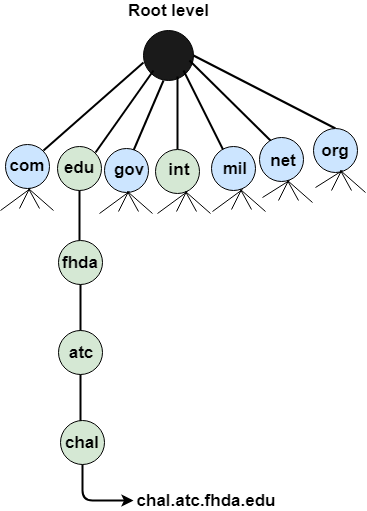 Dns Domain Name System Javatpoint
Dns Domain Name System Javatpoint
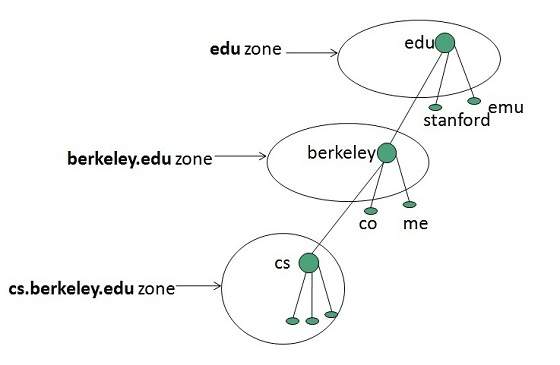 Internet Domain Name System Tutorialspoint
Internet Domain Name System Tutorialspoint
Linux Bind Dns Introduction To The Dns Database Bind
 What Is Domain Name System Dns And Its Significance
What Is Domain Name System Dns And Its Significance
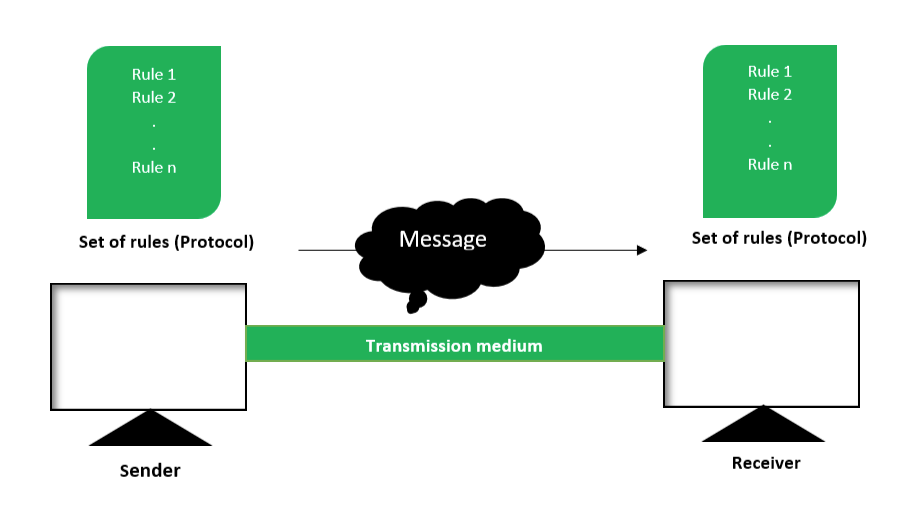 Components Of Data Communication System Geeksforgeeks
Components Of Data Communication System Geeksforgeeks
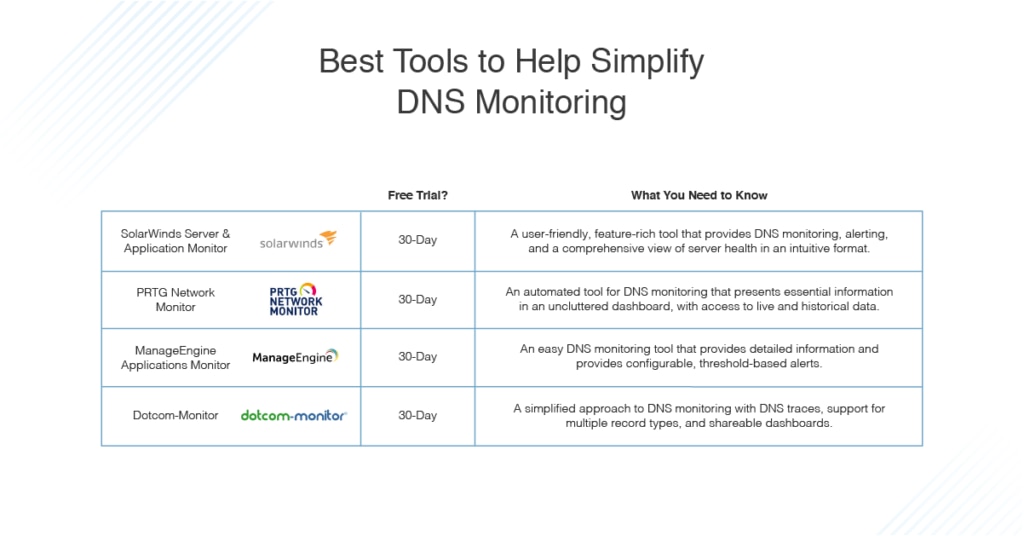 How To Use Nslookup And List Of Best Dns Monitoring Tools Dnsstuff
How To Use Nslookup And List Of Best Dns Monitoring Tools Dnsstuff
 Address Resolution In Dns Domain Name Server Geeksforgeeks
Address Resolution In Dns Domain Name Server Geeksforgeeks

 Domain Vs Url Understand The Differences Copahost
Domain Vs Url Understand The Differences Copahost
 How An Application Gateway Works Microsoft Docs
How An Application Gateway Works Microsoft Docs
 Understanding How Dns Works The Domain Name System
Understanding How Dns Works The Domain Name System
 Domain Name System Dns In Application Layer Geeksforgeeks
Domain Name System Dns In Application Layer Geeksforgeeks
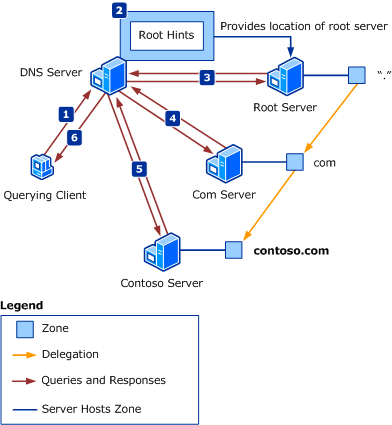 Reviewing Dns Concepts Microsoft Docs
Reviewing Dns Concepts Microsoft Docs




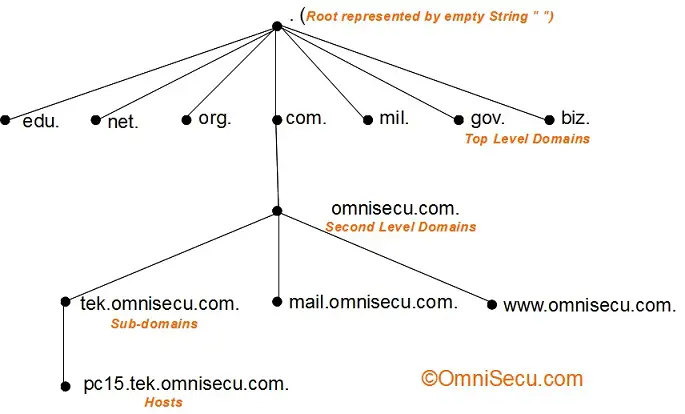
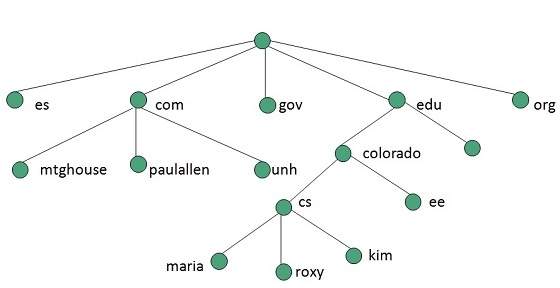
Post a Comment for "Domain Name System Components"